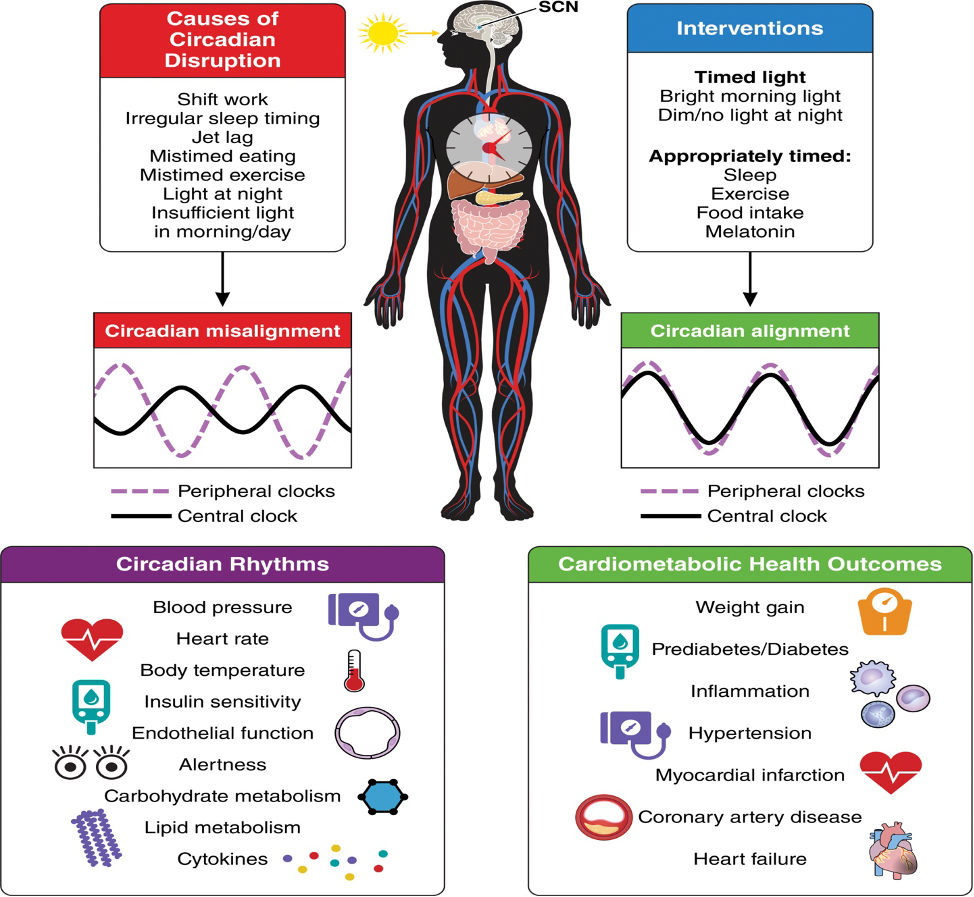By Mark Smith
•
December 29, 2025
Health News Update: Health is Your Most Valuable Asset 12.29.2025 Hello again everyone: This blog is a follow up to last week’s Christmas wishes, because it is my sincere wish for each of you that you fully embrace a healthy lifestyle for 2026 and beyond. Health is built on many components, and if you were to choose just one to get started, it would be to seriously upgrade your food choices, which specifically means a whole food, unprocessed or minimally processed (home cooking), plant-based food plan. Why? As you have heard me say, over and over, that inflammation will cause, perpetuate, and/or aggravate ALL chronic conditions and diseases plus it makes us susceptible to acute illness such as infections (flu, mono, Covid, etc.). As noted in the Journal of the American Medical Association (1), the Standard American Diet (SAD) is the leading cause of death and disability in our country and many others. It used to be that the leading causes of death were Communicable Diseases, i.e., infections. Today, the leading causes of death are Non-Communicable Diseases (NCD’s) such as heart disease, cancer, high blood pressure, stroke, diabetes, dementia…these chronic degenerative diseases are responsible for over 70% of all deaths worldwide. (2) Additionally, while we are living longer, we are living sicker. This means that our healthspan is about 10 to 15 years shorter than our lifespan…this is a deplorable condition that I have seen so many suffer through with progressive disability, suffering, and an early and unpleasant death spiral. At this moment, about 40% of us have multiple chronic health conditions while nearly 60% are burdened with at least one chronic health diagnosis…and this situation has only been forecasted to worsen significantly. (3,4) The tragedy is that this situation is largely preventable. You already know that food is the leading cause of death and disability…so what foods are they talking about? The researchers are talking about the Standard American Diet, also known as SAD…which is unfortunately a very fitting abbreviation. The SAD is notable for a high consumption of processed and ultra-processed foods, added sugars, saturated fats, refined carbohydrates, processed meats, red meat, additives, colorings, flavor enhancers, sugary drinks, higher pesticide and chemical burdens, and refined grains…and lacking in clean sources of vegetables, fruits, whole grains, nuts, seeds, legumes, and leaner protein sources. (5) The SAD diet is notable for high energy density and low nutrient density...a recipe for illness. All cellular processed require nutrition, not just calories. No single food has all of the nutrients, vitamins, minerals, phytonutrients, fiber, protein, fat, and carbohydrates that we need to thrive and remain robust and resilient. Consuming a diet that results in insufficiency, deficiency, or an excess of nutrients will eventually lead to some type of illness, disease, or condition as well as predispose you to becoming chronically inflamed, ill, or just sick. The SAD diet has been linked to many chronic diseases primarily because it leads to uncontrolled, chronic, background inflammation that drives health degeneration. Current research states that on average both children and adults consume 60% of their daily caloric intake from ultra-processed foods and only 10% of us meet the daily requirements for recommended fruit and vegetable intake (5, 6, 7) and 73% of our food supply is ultra-processed. Additionally, many studies have revealed that this type of ‘food’ is directly linked to many diseases and conditions and has been categorized as a high inflammatory potential diet. (8) An inflammatory dietary pattern will cause, perpetuate, and/or aggravate all of the leading causes of death and disability…or as some research puts it, “The chronic inflammatory state significantly contributes to the development and progression of many noncommunicable disease processes, including cancer, cardiovascular disease, and neurocognitive decline.” (13) On the flip side, a diet that consists of minimally processed, whole food, plant-based sources of nutrient dense, low inflammatory potential, and calorically appropriate foods is associated with fewer diseases, better health, less disability and an overall higher quality of life. It even helps when you are already not feeling well. (9,10,11,12,13,14) In my practice and clinical experience, without an optimal food plan, no amount of adjustments, vitamins, herbs, exercise, or stress reduction will work nearly as well as they should, if at all. Additionally, you should know that if you would like to experience healthy aging, an anti-inflammatory food upgrade is essential…and this includes both physically and cognitively. By now, I hope you are at least curious about consuming an anti-inflammatory, unprocessed, clean, whole food plant-based dietary lifestyle. This is not a sprint…we are all in it for the long haul and slow and steady (consistency) wins the race. Invest in yourself by taking classes in how to create your optimal food plan. I have recently taken several courses and gotten a lot out of them and upgraded our foods even more. (15,16,17,18,19) Undoubtably there are more classes out there…let me know what you find! Remember, you can start slowly and gradually work your way into this upgrade/shift. For example, in week one, you can start with 2 or 3 plant based lunches and next week add a breakfast, and so on. You can reduce your animal foods gradually at a pace you can be comfortable with. Just start…go plant-based and see what happens…you have nothing to lose (except some unwanted pounds and inflammation) and everything to gain. Part of being a good steward and tending your Temple is realizing that food is an essential part of our worship. We would never put diesel into our gas tank, nor should we put ultra-processed ‘food like things’ into our Temple. Now that you know this, what will you choose to do? So, this is my New Years wish for you and yours: freedom from disability, illness, and disease, a massive recovery if you need it, and the feeling of vibrant health always. Thank you for your time and attention…all the best for 2026! References: 1. https://jamanetwork.com/journals/jama/fullarticle/2678018 (see Figure 2) 2. https://pmc.ncbi.nlm.nih.gov/articles/PMC10830426/ 3. https://chronicdisease.org/wp-content/uploads/2022/04/FS_ChronicDiseaseCommentary2022FINAL.pdf 4. https://www.frontiersin.org/journals/public-health/articles/10.3389/fpubh.2022.1082183/full 5. https://www.medicalnewstoday.com/articles/western-diet 6. https://foodtank.com/news/2022/11/database-indicates-u-s-food-supply-is-73-percent-ultra-processed/ 7. https://www.medicalnewstoday.com/articles/overall-diet-quality-may-be-more-important-than-how-much-ultra-processed-foods-you-eat#Why-ultra-processed-foods-are-unhealthy 8. https://www.medicalnewstoday.com/articles/overall-diet-quality-may-be-more-important-than-how-much-ultra-processed-foods-you-eat#How-to-have-a-more-healthy-diet 9. https://health.unl.edu/health-benefits-anti-inflammatory-diet-10-foods-eat-and-6-avoid/ 10. https://www.hopkinsmedicine.org/health/wellness-and-prevention/anti-inflammatory-diet 11. https://www.henryford.com/blog/2020/07/health-benefits-antiinflammatory-diet 12. https://www.health.harvard.edu/staying-healthy/quick-start-guide-to-an-antiinflammation-diet 13. https://www.ncbi.nlm.nih.gov/books/NBK597377/ 14. https://pmc.ncbi.nlm.nih.gov/articles/PMC8389628/ 15. https://simplyplantbasedkitchen.com/ 16. https://thriving.foodrevolution.org/join/?frn_source=blog&frn_medium=link&frn_campaign=ppt&frn_content=menu 17. https://hellonutritarian.com/nutritarian-power-prep-program/ 18. https://cookingcourse.forksoverknives.com/ 19. https://www.drfuhrman.com/blog/210/beginners-guide





